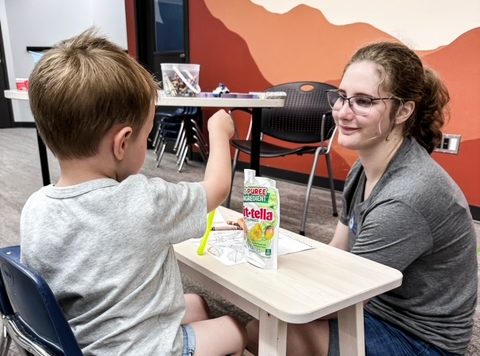At some nonprofits, mention “impact stories” and you’ll hear a collective groan.
Maybe it’s because they haven’t created a culture of storytelling within their organization. Or perhaps they don’t have anyone on staff who’s a strong writer or don’t have the budget to hire professional storytellers.
But good nonprofit storytelling is easier to pull off than you might think. And putting out compelling stories is more important than ever because the competition for donations is only growing more fierce.
Here some of our favorite tips for giving your impact stories more, well, impact.
Lead with story, finish with data
One common mistake that we see is the tendency to include loads of data in the belief that the more statistics you can cram into an impact story, the bigger the impact you’re showing. While relevant data does provide evidence that you’re making a difference, don’t let the numbers overshadow the human element. Instead, hook your readers (or viewers) immediately with a story that’s full of tension, emotion and conflict. Make them feel something and then make them believe in your mission even more with supporting metrics — in that order.
Focus on a single person’s story
Oftentimes, the most powerful way to tell the story of your organization is to tell it through the lens of one person’s journey. This person can be either someone that your nonprofit has helped, a member of your executive team or staff, or a volunteer. But the key is picking a memorable story that’s rich in detail and drama while also reinforcing the value of your mission. When you focus on a single person’s experience, the struggle becomes real and the impact that you’ve made on that person’s life is easier to grasp. In other words, find a character we can all root for. Make your audience care about one person’s plight and you’re well on your way to making them care about your entire cause.
The story is in the details
Stories are more memorable and more convincing than just facts and figures. Our brains are hardwired to respond to stories. A big reason for this is because a good story engages our senses with details about the setting, the mood, and the characters. Tell us what the house looked like after a Category 5 hurricane blew through, or the look on the mother’s face when your organization brought Christmas toys for her children. Look for the little details that make the story come alive.
Interview your subjects like a reporter
The advice here is simple: Ask a lot of questions. When you ask a lot of questions, you’ll get a lot of answers, which will not only help you shape your story but will also give you direct quotes from the subjects that you can include in your impact story. This means, of course, that you’ll need to get people on the phone or go out into the field and act like a reporter. The extra effort will pay off. When you hear someone talk about their struggle or how your organization transformed their life — in their own words — it can be a very powerful thing.
Keep the tone conversational & light
All too often, marketing and storytelling in the nonprofit world amounts to painting a dark future full of doom and gloom. While this may work in the short term to drum up donations, you run the risk of creating “donor fatigue” with all of that negativity. We’re here to say that nonprofits and charities should lean into the positive as much as they can. Donors want to hear stories of hope, optimism and a brighter future. They want to be inspired by transformative change. Also, it helps to keep your tone conversational rather than newsy or pedantic. Keep most of your stories short and punchy.








